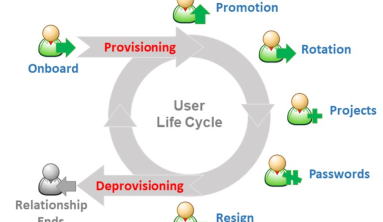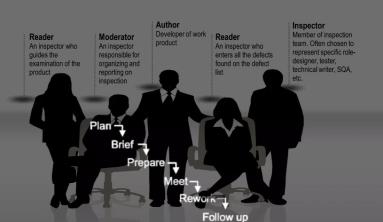It goes without saying that not everyone can be a maestro of everything. This is hugely applicable to IT businesses who tackle complex tasks across several technologies and infrastructures on a daily basis. It becomes clear that IT companies that are running their strategies solo are not taking advantage of the possible strengths of great IT vendor collaborations, which include several experts of different skills across a plethora of applications.
In other words, it is likely that an IT partner with an appropriate talent and skillset would be capable of selecting the right solution for the client, rather than the primary vendor that does not specialize in the client’s specific needs. In order to develop and nurture productive partnerships, IT businesses must know when to partner, who to partner with, and how to add value to a partnership.
A partnership is a value added relationship that develops over time based on the foundation of trust. It takes equal endeavor from both sides to evolve into an IT partnership enabling both the parties to share their ideologies, work cultures, expertise, and strategies. In a healthy IT partnership, it is always the collective ‘we’ to overcome challenges, celebrate success and plan the strategies – all these elements not only lead to trust, authenticity and credibility, but also strengthens the relationship between the two entities. Moreover, in order to build and maintain a fruitful partnership, businesses must follow some core elements and set appropriate criteria.
Technology investment and partnerships: Driving 21st century growth
In the opening session of GMIS 2021, the UK Minister for Investment, Alphabet’s CFO and an UAE Minister of State discuss how technology investments and partnerships are crucial in driving 21st century growth.
Price: never a criteria to judge
There is no denying that when a partnership is based on the price, it can often lack the appropriate skills required to drive successful results. IT partners with the highest price may often spend higher amounts of time, money and resources on a project than it actually needs. On the other hand, the partnerships based on the cheaper prices can face challenges with required skills and limited technical capabilities to produce high quality results. Moreover, it is evident that whether it is high or low, price is never the appropriate criteria to base a decision on while selecting an IT partner.
However, a human to human approach should be applied while setting a criteria to choose the suitable IT partner. Although these factors may differ for every business, a healthy requirement focuses on understanding the core elements such as quality of service, skills, culture, values, aims, interests and most importantly, trust. It is an interesting point to mention that selecting an IT partner is not a one-time thing; rather, it demands enough time to gain an understanding of the business and their role in the project. Open and transparent communication between the two partners from the start is key to building a trustworthy relationship that further adds value to the successful partnership.
Trust: always a core foundation
Trustworthy partners can promote open and transparent communication in every IT partnership. For a partner to share any concern, challenge or updates, there must be a safe atmosphere that can allow a seamless flow of communication between the two without any barriers. This does not happen overnight, instead building trust is an ongoing process in which both sides need to put in equal efforts. Trust does not simply mean believing in their partner, but a readiness to see the partner’s perspective and values with equal importance.
The true partnership is always free from secrets that can be harmful for the business, for instance running a competitive organization secretly from the partner is a dishonest practice and can lead to loss of authenticity, credibility and in fact a whole partnership itself. Trustworthy partners, however, are aware that under delivery or overselling can lead to loss of the client and referrals in future, meaning they can drive fruitful results in the longer term.
Culture is as important as tech for creating successful Fintech partnerships
Alex Reddish, managing director at Tribe Payments, explains why culture is as important as technology when it comes to creating successful relationships in Fintech.
No room for master-slave partnerships
It is significant to consider that a partnership is a commitment of equal involvement, transparency, and implementation of each other’s skills, thoughts, and values in achieving the business goals. Hence, the partnership should never be dominated by a single party on any basis, rather it should welcome the maximum amount of participation from both sides. It is this readiness to work together collaboratively that adds value to the business and brings better results.
Working in partnership can bring better outcomes than working on a command-and-control model. Client requirements can often be dynamic and bringing a partner expertise in-house is better than trying to offer some solution that the business does not hold expertise in. Unlike a money-profit centric process, a blended problem solving approach can lead to increased client satisfaction and deliver valuable results for everyone involved.
By Jarosław Granat





